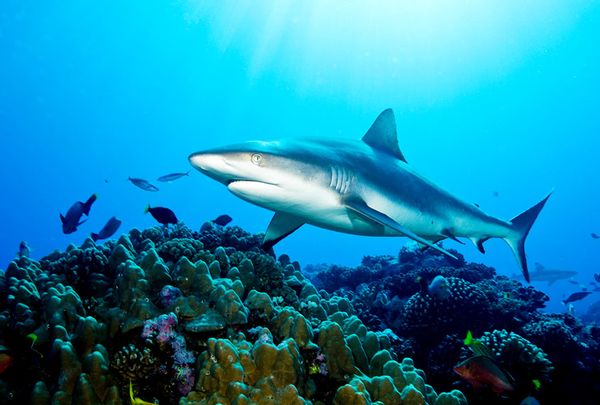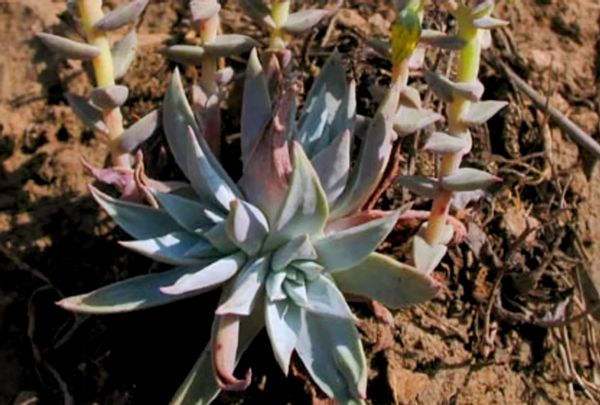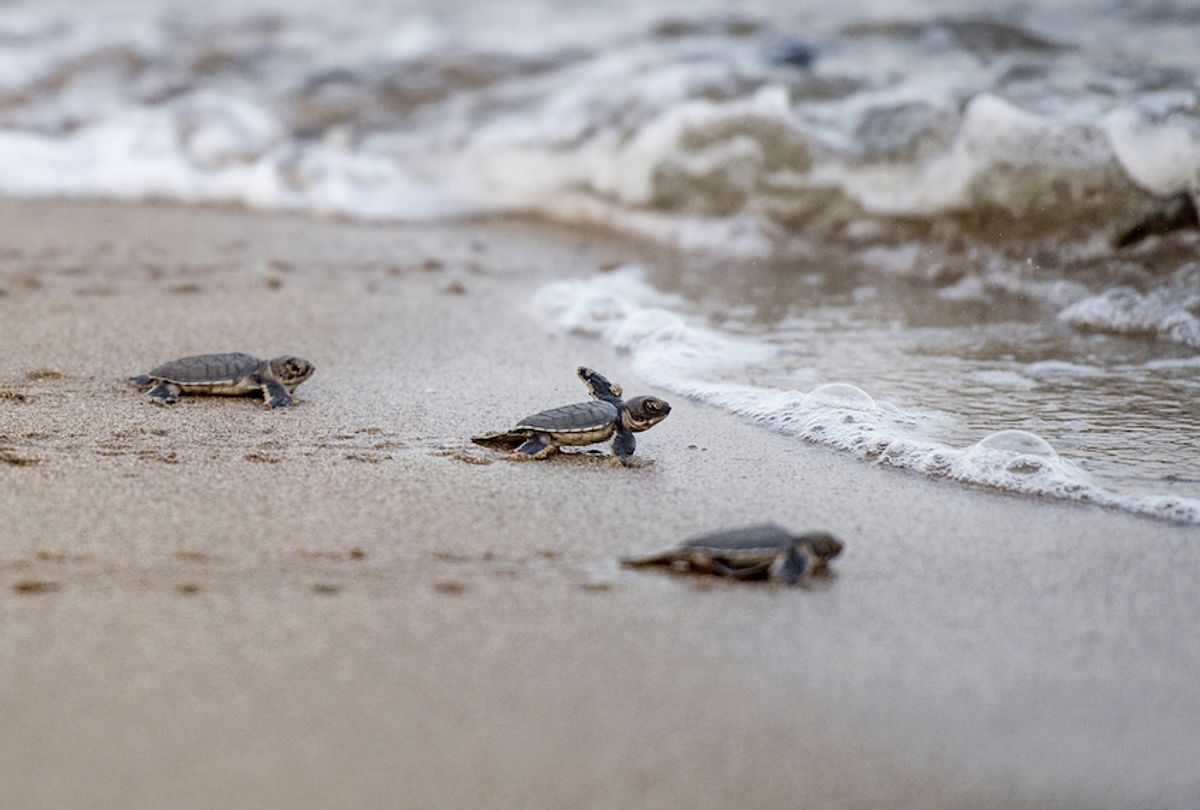Even as American politicians uselessly quibble over whether climate change is real (it is) and how humanity should address it, the natural world does not need humanity to humansplain to them that the Earth is becoming uninhabitable.
According to a recent report by the Intergovernmental Science-Policy Platform on Biodiversity and Ecosystem Services (IPBES), a United Nations body, one million animal and plant species face extinction — and their problem is, ultimately, going to be humanity's problem. After all, as the authors of the report point out, "billions of people in all regions of the world rely on and benefit from the use of wild species for food, medicine, energy, income and many other purposes."
Now, these humans' way of life is in danger, all because "the sustainability of the use of wild species in the future is likely to be challenged by climate change, increasing demand and technological advances."
RELATED: Humans are causing mass extinction at a rate not seen since the last major extinction event
Salon spoke by email with Dr. Marla R. Emery, co-chair of the IPBES Sustainable Use of Wild Species Assessment and a scientific advisor for the Norwegian Institute for Nature Research. While climate change is without question one of the biggest man-made environmental problems contributing to the dangerous loss of wildlife, Emery explained that there are other human-made affecting the natural world. These include loss of habitat as humans encroach on spaces previously reserved to wildlife and the introduction of invasive alien species.
Want more health and science stories in your inbox? Subscribe to Salon's weekly newsletter The Vulgar Scientist.
"The sustainability of uses of wild species is context specific," Emery said. Life on Earth is threatened in multiple ways, including fishing, gathering, hunting, harvesting, "economic demands," and sometimes even by "the systems that are in place to regulate and govern their activities" — or the lack thereof.
"I think we have to take the approach that there are major questions and we need to answer them. And it's okay to say that 'We don't know' but it's not okay to sort of pass it off with grandstanding headlines. We need to quantify what we don't know."
In an interview with Salon, Emery went into considerable detail about specific species threatened by extinction. All of the existing species of pangolins and echidnas are threatened; the former are slaughtered for their scales (used in traditional Chinese medicine) and their meat, while the latter have been hunted for their fur and faced peril due to habitat loss. Then there are a variety of species of sharks, which are either slaughtered for their fins (which are eaten) or killed simply because they were bycatch; rays also get accidentally caught by fishermen but kept for their meat.
 The endangered Gray Reef Shark. (Getty Images)
The endangered Gray Reef Shark. (Getty Images)
Within the world of plants, you have some cacti that are dying out because of poaching in the southwestern United States and Mexico; certain cycad species are threatened because they're used for ornamentation; and orchids likewise face risk because they are used "for both ornamental and medicinal purposes. Cultivation of orchids has provided some supply but also resulted in higher market prices for wild orchid, which is regarded as of higher quality."
 The rare Dudleya Verityi succulent, which is a common target of poachers. (Wiki Commons)If there is one person who can sympathize with Emery's concern about wild orchids, it is Dr. Stuart Pimm, the Doris Duke Professor of Conservation at the Nicholas School of the Environment at Duke University. Speaking to Salon, he mentioned how he was involved in a nonprofit that works with orchids; he noted how conservationists don't reveal the precise locations of rare plants these days, in order to prevent poaching.
The rare Dudleya Verityi succulent, which is a common target of poachers. (Wiki Commons)If there is one person who can sympathize with Emery's concern about wild orchids, it is Dr. Stuart Pimm, the Doris Duke Professor of Conservation at the Nicholas School of the Environment at Duke University. Speaking to Salon, he mentioned how he was involved in a nonprofit that works with orchids; he noted how conservationists don't reveal the precise locations of rare plants these days, in order to prevent poaching.
"We have some spectacular new orchids and we absolutely are not going to tell the world exactly where to find them. Were we to do so, we would be overwhelmed with people who want to go and collect these rare orchids so that they have them in their orchid areas at home," Pimm says.
Yet even though Pimm shares Emery's concern about orchids, he has his criticisms of the IPBES report.
"In all fairness to the team of people, these are tough questions," Pimm told Salon. "I have been unhappy with several of the IPBES reports because I think that it's not sufficient to say, 'You know, biodiversity is important because we use species.' I think we have to take the approach that there are major questions and we need to answer them. And it's okay to say that 'We don't know' but it's not okay to sort of pass it off with grandstanding headlines. We need to quantify what we don't know."
Dr. Alice C. Hughes of the University of Hong Kong's School of Biological Sciences echoed many of Pimm's observations, noting issues with who is nominated to serve on the IPBES board.
"So 80 percent of experts need to be nominated by governments," Hughes explained. "And some governments are going to nominate people who are convenient rather than the people who actually have a real understanding of what's going on. And another problem is that, with some governments, they are only going to nominate people from their countries." This sometimes means that the people selected are not necessarily the most knowledgeable or objective. "An example of that is China, which is never going to nominate someone who is not Chinese. And that means that you are missing out a lot of expertise from people who have real understanding of what's going on. And it also gives space for vested interests."
Read more Salon articles about conservation and wildlife:



Shares